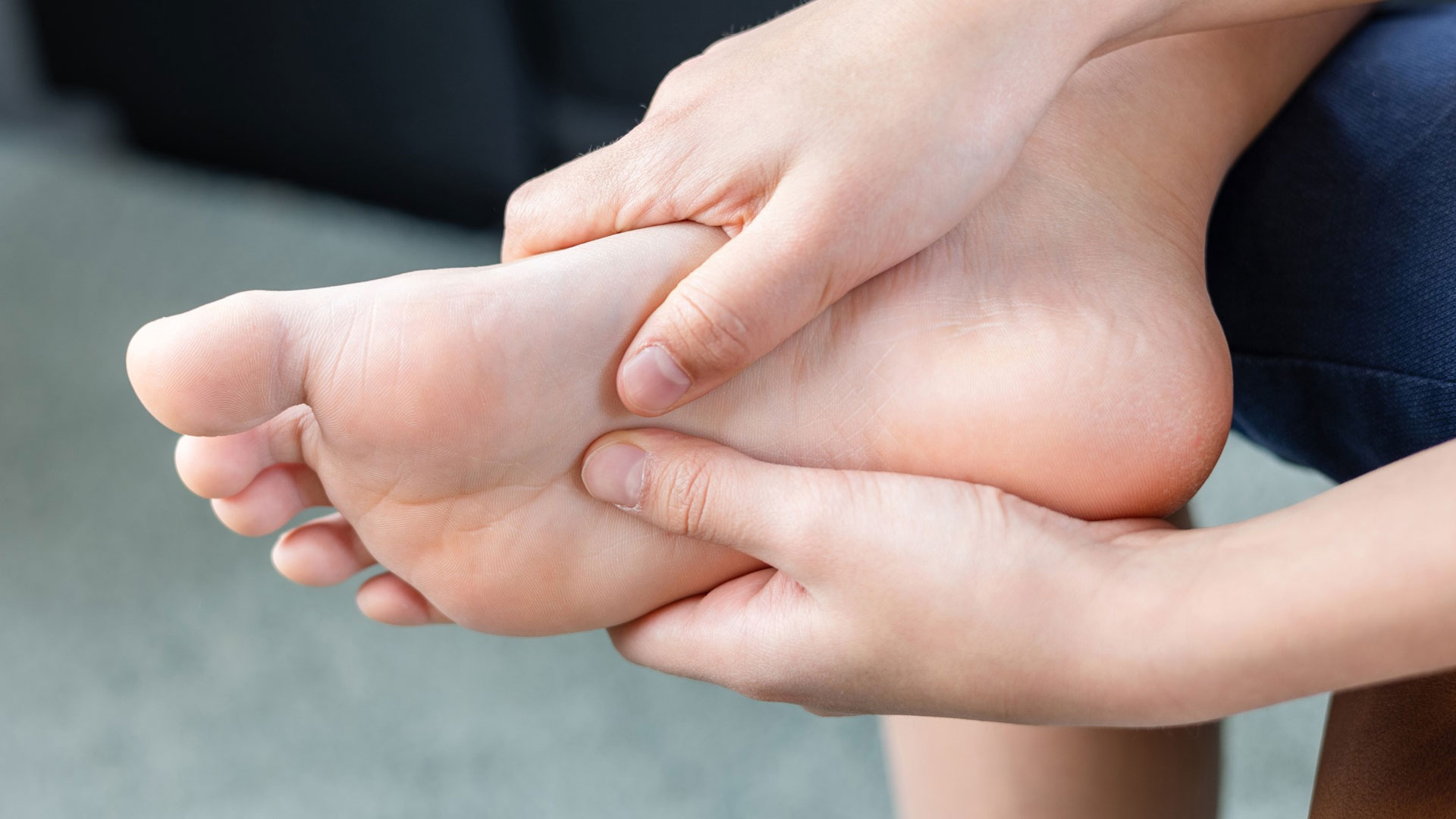Navigating VA Disability Ratings for Foot Drop: A Comprehensive Guide for Veterans

When returning to civilian life, many veterans struggle with service-related impairments, including foot drop. This condition, which makes raising the front of the foot difficult, may severely influence mobility and quality of life. Understanding foot drop evaluation and rating is crucial for VA disability benefit seekers.
Applying for disability benefits while suffering from foot drop—which is often the result of nerve damage or musculoskeletal disorders sustained while serving—requires a sophisticated strategy. Veterans may feel lost when trying to understand the VA disability rating system, which may confuse them about how their condition will be evaluated and how much compensation they might be eligible for.
We will explain VA disability rates for foot drop in detail in this article to help veterans navigate the system.
Understanding Foot Drop
When you have foot drop, you have trouble elevating your front foot, making walking harder and making you more likely to fall. Weak ankle muscles or problems with the nerve supply to the legs and brain are common causes. Conditions including diabetes, severe brain traumas, and stroke may also manifest as foot drop.
The pain and anguish that veterans with foot drop experience daily, along with the potential for severe consequences, maybe a real burden.
Understanding VA Disability Ratings
It may be rather difficult for veterans to understand and negotiate the VA disability ratings system, which can result in compensation denials for orthopedic disorders such as foot drop. What follows is an exhaustive outline of the VA disability ratings for foot drop, including how the VA receives these ratings, how to appeal a denial of your claim based on ambiguous rating schedule wording and much more.
Common Symptoms of Foot Drop
Veterans with foot drop may experience various symptoms, including:
- Inability to wear regular shoes comfortably.
- Tingling sensations or a lack of feeling in the foot/feet due to nerve damage or compression.
- Weakened lower leg and foot muscles.
- Severe balance issues, potentially causing vertigo.
- Increased risk of slips and falls.
VA Disability Ratings for Foot Drop
Using Diagnostic Code 8520, the VA categorizes foot drop as sciatica or paralysis of the sciatic nerve. Depending on the degree of sciatic nerve paralysis, ratings for foot drop can vary from 10% to 80%. The most common ratings are as follows:
- 40% Rating: "Moderately severe" paralysis of the sciatic nerve.
- 60% Rating: For veterans with "partial" paralysis of the sciatic nerve, indicating severe paralysis and muscle wastage.
- 80% Foot Drop Rating: This rating is given to veterans who have lost movement in the muscles below their knee, causing the feet to dangle and drop. Flexion of the knee may also be severely affected.
The rating establishes the extent to which veterans are eligible for benefits according to the severity of their foot drop. Therefore, you must comprehend it.
Getting Service-Connected Benefits for Foot Drop
VA service connection for foot drop can be established in several ways:
- Direct Service Connection: This method shows evidence of a current foot drop diagnosis and establishes a connection between foot drop and an in-service event or injury. The veteran must demonstrate:
- A current foot drop diagnosis.
- An in-service event or injury.
- Medical evidence linking the foot drop diagnosis to the in-service event or injury.
- Secondary to Another Service-Connected Condition: If a veteran has another service-connected condition that leads to foot drop, they may be eligible for VA benefits. For instance, if diabetes causes nerve damage resulting in foot drop, the veteran can qualify for benefits.
- Service Connection via Aggravation: If a veteran's foot drop has worsened since leaving the military due to their military service, they may be eligible for service connection via aggravation. This situation may be rare for a severe condition like foot drop, but it's possible if it deteriorates after military service.

